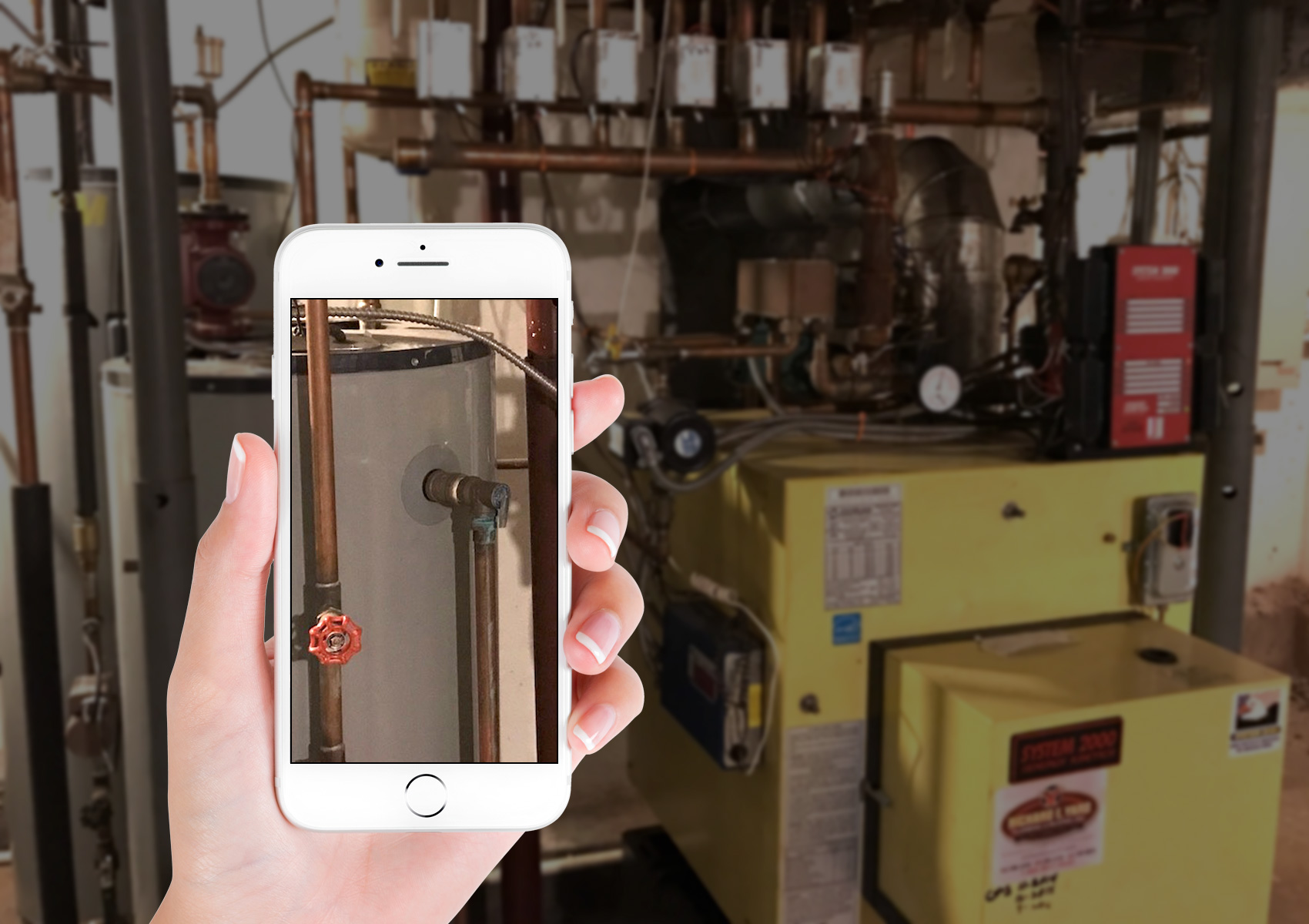How to Give Homeowners Insurance a Tech Upgrade
By Tricina Elliker
The insurance industry is not one known for its quick adoption of cutting edge technology. As a matter of fact, how customers interact with their insurance company has hardly changed in decades. Sure, customers can get quotes online and email their agents, but the kinds of technology available today could do so much more than make it easy to shop around insurance rates.
Currently customers still follow the same procedure when contacting their company about a claim: They call during business hours, submit a claim, schedule a home visit, and hopefully see the issue resolved within the next month or two. But it doesn’t have to continue this way.
Why do so many insurance companies rely on outdated, analog systems for collecting information when they could be using software to get more (and more accurate) information from customers, cut down on customer frustration, and make it infinitely easier and faster to submit and process claims?
The Insurance Industry Bloat
It’s obvious the industry is kind of stuck in a rut, using inefficient methods that cost extra money, employee time, and customer patience. Industry bloat is so bad, some insurance companies are still mailing out forms for customers to fill out rather than simply email them or have a downloadable option online.
When it comes to calling about a claim, though, customers aren’t just waiting for a few documents to arrive in the mail. The kinds of inspections required for a claim can take awhile to schedule. Consumer Reports found that when it comes to getting an insurance agent out to your home to look at the damage, scheduling a home inspection can easily take weeks. In fact two weeks is about average and the wait can stretch well beyond that.
But, do you really need an inspector to come to your house?
Save Costs by Saving Time
The key to dealing with property damage most efficiently is to move as quickly as possible. But that’s where the system currently in place fails both the customer and the insurance company. Both parties would be better off if claims were filed faster, with more consistent, and complete information.
With a system that allowed video and online submissions, customers could submit all the necessary information, including a detailed video of the issue, at any time. Currently when something goes wrong in a homeowner’s house, they have to wait for the next morning for their insurance company to open to call their agent. The agent will take at least a day to gather all the information and then schedule a visit, which can take several weeks. Finally an agent will come out to the house, inspect the problem and determine what the insurance company can cover.
But one of the most frustrating parts of the claims process for insurance agents is the tendency for customers to become defensive. Because the insurance company has to double check facts and ask questions to get to the bottom of what happened, customers will often interpret this behavior to mean the company doesn’t believe them. That’s usually not the case, rather the company needs a lot of information to understand the situation and find the best plan to fix it. By using video, insurance agents could leapfrog over this issue and get all the information needed right from the start and refer to it at any time.
And when leveraging technology in a smarter, more targeted way, customers can gather and submit the important information themselves. This way, a problem that arises in the middle of the night could be ready to be processed the next day avoiding the back and forth when submitting a claim.

Following today’s smart home trends, home insurance claim capturing technology would fit right in with the way smart homes are already heading. Think about how “Smart homes” can now use sensors, bluetooth, and wifi to bring new tech to every corner of your home, from air conditioners to refrigerators to toilets. Products that are massively popular with consumers when they integrate seamlessly into the household to speed up completing daily tasks and bring more efficiency to the home. It’s time home insurance brands consider how the smart home industry will affect consumer preferences and what they can do to be a part of the coming smart home boom.
Overcoming Human Error
Without a doubt, the biggest problem in these situations is that people don’t have enough information to give the insurance company. The fastest and easiest way to get the issue resolved quickly and easily is to have all the facts. But humans are, well, human, and we make mistakes. Because customers only rarely submit home insurance claims (CITE) they usually don’t know what information they should be gathering and how.
Insurance companies often opt to send someone out to look at the issue in person, but if customers were able to give a clear, objective assessment of the situation, that might no longer be necessary. During a typical visit, an inspector will look around, take notes, and usually snap a few pictures. The process is fairly simple so if it’s just gathering information, then how hard would it be for customers to gather the information themselves?
Not that hard, it turns out, as long as they’re using the right tools. With some simple instructions, customers could be guided through a video walk through that gathered as much or more information than an in-person walk through. And since that video would be stored, both the agents and customers could refer back to the video later if a dispute arises or there’s a need to review the damage or inspection process again. These videos would also be invaluable when it comes to training and re-evaluating the claims process.
But in order to make it all possible, this new tech needs to be so user-friendly that suspicious customers and busy agents can understand how to use it right away. Insurance companies will need to be careful about kinds of new tech tools they adopt. Customers will demand intuitive software, high quality video streaming, and a fast (if not instant) upload process. Adopting new technology that leverages video, cloud storage, and a mobile-friendly approach will save a rather old fashioned industry money while increasing customer satisfaction and gathering better information. The question is: When will the industry make the leap?






